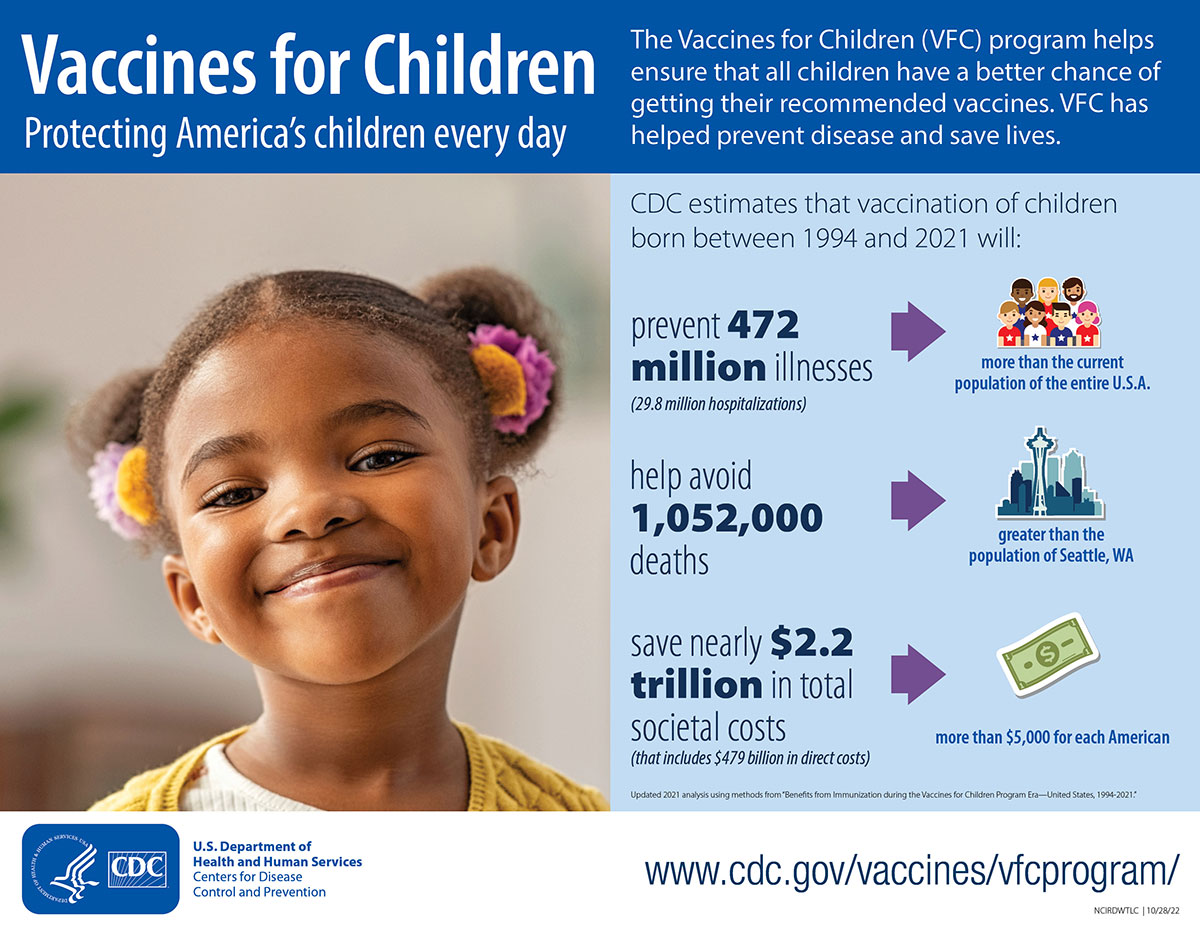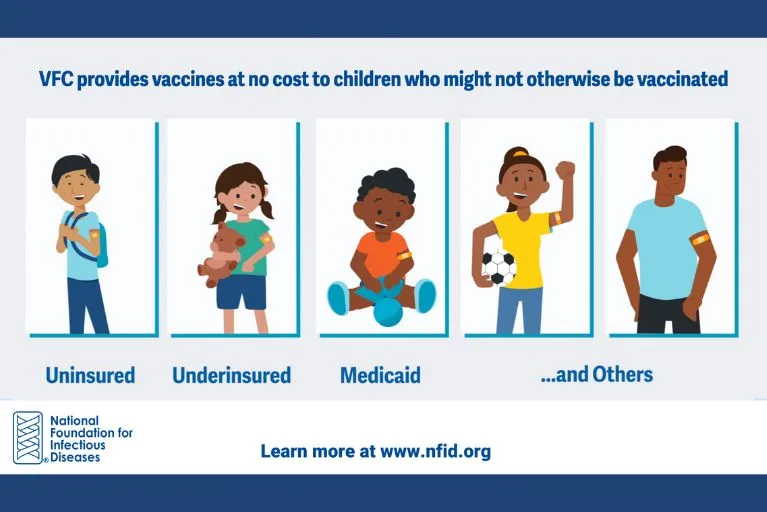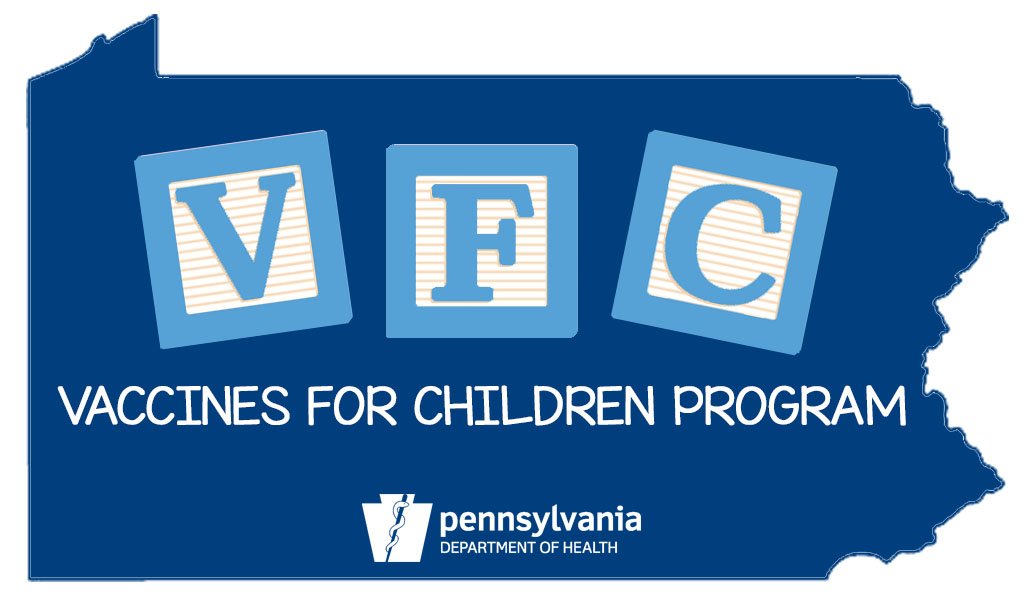1. Introduction
Medicaid, established in 1965 as a cooperative venture between the federal and state governments, aims to provide medical assistance to eligible individuals and families with low incomes and limited resources. It is the largest source of funding for medical and health-related services for disadvantaged children in the United States. The VFC Program, on the other hand, is a federal initiative that provides free vaccines to children who are Medicaid-enrolled, uninsured, underinsured, or Native American/Alaska Native. By understanding how Medicaid and the VFC Program work together, healthcare providers can play a vital role in ensuring access to immunizations for vulnerable children.
2. Medicaid: A Primer
Medicaid, also known as Title XIX of the Social Security Act, is a federal/state entitlement program that varies from state to state. Each state Medicaid program sets its own eligibility standards, determines the scope and duration of services, and administers its own program. While there may be policy differences between state programs, all state Medicaid programs encourage physicians to enroll in the VFC Program. Medicaid is the primary source of funding for medical and health-related services for low-income individuals, including disadvantaged children.

3. VFC Program Overview
The Vaccines for Children (VFC) Program, managed by the Centers for Disease Control and Prevention (CDC) and funded by the federal government through the Centers for Medicare and Medicaid Services (CMS), provides free vaccines to eligible children. The program primarily serves Medicaid-enrolled children, ensuring access to necessary immunizations. By enrolling as a VFC provider, healthcare providers can offer free vaccines to eligible children, saving valuable operating capital.
4. Medicaid State Plan Requirements for VFC Participation
To receive federal funds and vaccines from the VFC Program, each state Medicaid program must file a Medicaid State Plan amendment that covers its Pediatric Immunization Program. These requirements are crucial for the successful operation of the VFC Program within each state. While CDC leads the policy development and implementation of the VFC Program, the program itself is contained within the Medicaid law.
5. Medicaid Managed Care and VFC
Medicaid managed care plays a significant role in serving children enrolled in Medicaid. Approximately 54 percent of Medicaid beneficiaries are covered under managed care plans, with about 55 percent of those being children. Most managed care plans require children to receive care from designated providers, and failure to do so may result in non-reimbursement for services. However, some states have exceptions and conditions that allow non-plan providers to receive immunization administration fees. Public providers can also negotiate agreements with managed care organizations to serve their patients and bill for vaccine administration fees.
6. Fee Caps on Vaccine Administration
The VFC program sets limits on the amount providers can charge for administering vaccines to eligible children. These fee caps were established based on national charge data, as accurate nationwide cost data were not available at the time. The intention is to revise the maximum charges based on cost data in the future.

7. Medicaid State Plan and Plan Preprint
The Medicaid State Plan is a document through which the state certifies its compliance with federal requirements for Medicaid. In the context of the VFC Program, the State Plan covers the operation of a Pediatric Immunization Program. The State completes a plan preprint to indicate compliance and chosen options. Each state must comply with all parts of the Medicaid State Plan to receive federal matching funds for its Medicaid program.
8. Collaboration between State Immunization Projects and State Medicaid Agencies
To ensure the success of the VFC Program in reaching and vaccinating children, state immunization projects and state Medicaid agencies must establish a good working relationship with participating physicians. Given that a substantial proportion of children under 5 years of age are enrolled in Medicaid, collaboration between these entities is essential. State immunization project staff should have arrangements with Medicaid agencies to address queries related to Medicaid eligibility and develop referral procedures for potential beneficiaries.
9. Determining Medicaid Enrollment for VFC Eligibility
A “yes” response to Medicaid enrollment is sufficient for a child to qualify for the VFC Program, without requiring verification. Providers routinely screen for Medicaid eligibility, and if a patient is deemed without health insurance, providers are encouraged to vaccinate the child and refer them to a State Medicaid Agency to determine their status. Referrals can expand health benefits for eligible children, and health officials should consult State Medicaid officials for assistance.
10. Addressing Common Challenges
While Medicaid and the VFC Program aim to provide comprehensive healthcare services, challenges may arise. It is crucial for healthcare providers to stay informed about Medicaid eligibility criteria, reimbursement rates, and any updates to the program. By addressing common challenges, such as ensuring accurate billing and resolving discrepancies, healthcare providers can effectively navigate the Medicaid and VFC partnership.
11. Benefits of Medicaid and VFC Partnership
The partnership between Medicaid and the VFC Program offers numerous benefits for healthcare providers, eligible children, and society as a whole. By enrolling as a VFC provider and collaborating with state Medicaid agencies, healthcare providers can enhance access to immunizations, improve health outcomes, and reduce the financial burden on families. Additionally, the Medicaid and VFC partnership contributes to the overall public health goals of preventing and controlling vaccine-preventable diseases.

12. Conclusion
The collaboration between Medicaid and the VFC Program plays a crucial role in ensuring access to immunizations for vulnerable children. By understanding the Medicaid State Plan requirements, fee caps on vaccine administration, and the importance of collaboration between state immunization projects and Medicaid agencies, healthcare providers can actively participate in this partnership. Together, Medicaid and the VFC Program work towards a healthier future, providing free vaccines to eligible children and promoting equitable access to healthcare services.
